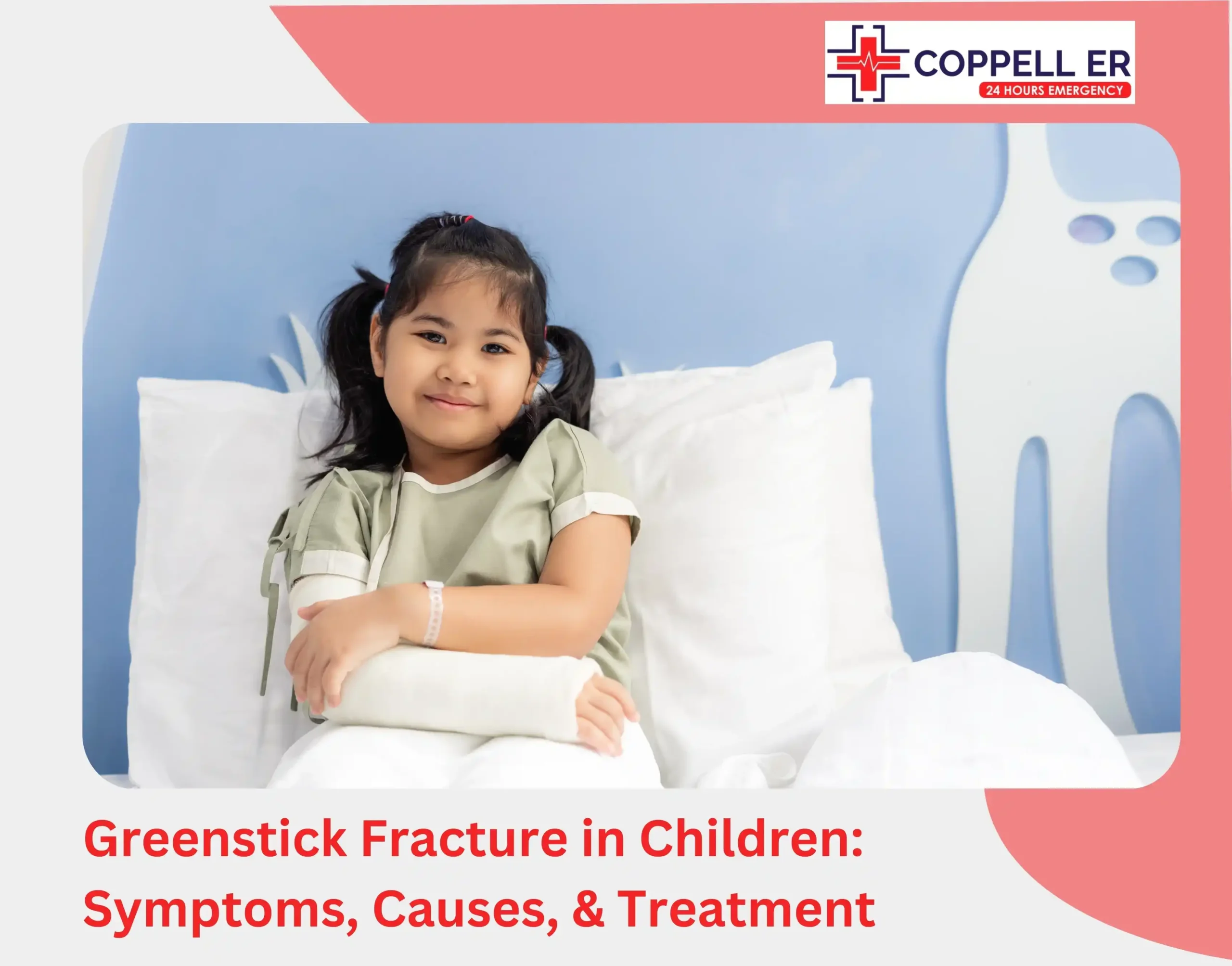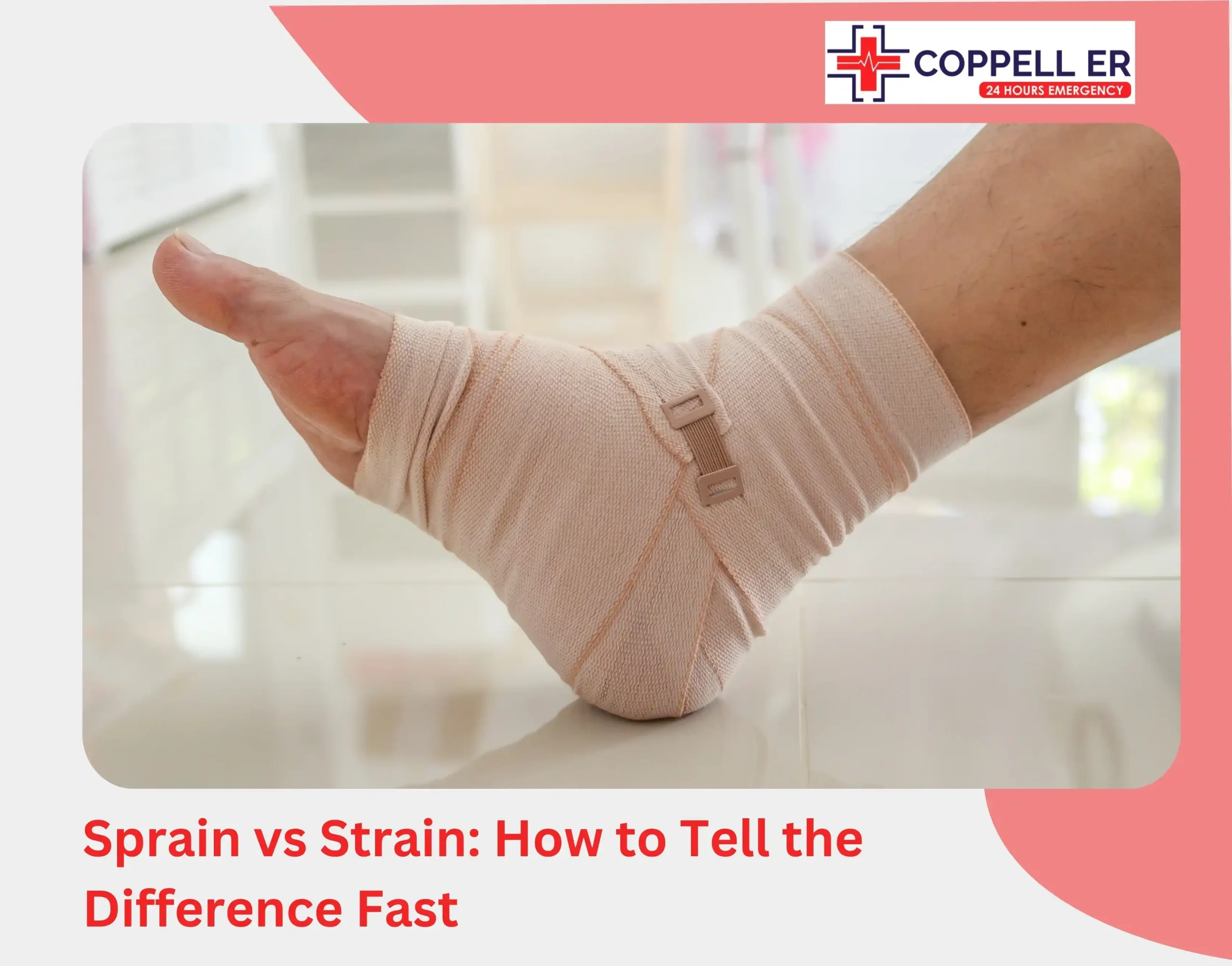That swelling after your child’s fall might not be just a bruise. It could be a greenstick fracture which happens when a bone bends and cracks on one side only. About 1 in 100 kids worldwide suffers a greenstick fracture each year, particularly children between ages 5 and 14.
Unlike complete breaks, greenstick fractures in children can be tricky to spot. Pain, swelling, and limited movement might be your only clues. Without proper evaluation, even minor fractures can heal improperly and cause growth problems or limited mobility later.
So what happens in a greenstick fracture and how can you recognize one when it occurs?
Understanding Greenstick Fractures in Children

A greenstick bone fracture happens when a bone bends and cracks on one side but doesn’t completely break through. It gets its name from a fresh green twig that bends when broken instead of splitting in two.
This fracture is one of the several common fracture types seen in kids because their bones contain more cartilage and are less mineralized than adult bones. This unique composition allows a child’s bone to bend significantly under stress instead of snapping outright.
Meanwhile, adult bones are denser and more brittle due to their mature structure so they break completely under similar impact. Greenstick fractures are common in the forearm bones, the radius and ulna.
Buckle vs Greenstick Fracture: Key Differences
Parents often hear these terms used interchangeably, but buckle and greenstick fractures differ in how they affect bone. A buckle fracture (also called torus fracture) typically occurs when a child falls onto an outstretched hand (FOOSH).
As a result, the forearm bones compress. They bulge on one side instead of breaking and a small bump is formed. Much like pressing down on a soda can that bulges outward when pressure is applied.
Greenstick fractures, meanwhile, result from bending forces that cause the bone to crack on one side while remaining intact on the opposite side. Both injuries are unique to children’s growing bones but require different approaches to treatment:
| Buckle/Torus Fracture | Greenstick Fracture | |
| Definition | Bone compresses and bulges outward on one side | Bone bends and cracks on one side without fully breaking |
| Cause | Caused by compression | Caused by bending |
| Deformity | Look like a bump or bulge on the bone surface | Show a crack on one side of the bone without complete separation |
| Stability | Stable and heal quickly | Unstable and take longer to heal |
| Treatment | Removable splint or brace | Typically requires a cast for immobilization |
Common Causes of Greenstick Fracture in Children

Kids are natural adventurers, so it’s no surprise these fractures often happen during:
- Falls: Children instinctively reach out their arms when they fall. This can cause a strong force on the forearm, resulting in a greenstick fracture.
- Sports injuries: Kids are at risk of collisions and direct blows when they are playing: skateboarding, inline skating, snowboarding, horse riding, and similar games.
- Motor vehicle accidents: Car or bike accidents can put extreme force on a child’s growing bones and cause greenstick fractures.
- Nutrient Deficiency: Not getting enough nutrients or vitamins can weaken bones and increase the risk of fractures. Vitamin D is especially important for keeping bones strong.
7 Key Symptoms of a Greenstick Fracture in Children
Here’s what to watch for if you suspect your child has a greenstick fracture:
- Pain: May be minimal, often mistaken for a simple sprain
- Swelling: Noticeable puffiness around the injury site
- Bruising: The affected area will be bruised or discolored
- Deformity: Slight bending or abnormal angle of the limb
- Difficulty Moving: Kids may avoid using the injured arm or leg
- Tenderness: The kid might pull away or cry if you gently touch the injured spot
- Warmth: The affected area may feel warm
Even a single persistent symptom requires medical attention. Digital X-rays provide the clearest view of greenstick fractures, showing the exact nature and extent of the bone damage.
[Visit Us for Digital X-rays Now]
Greenstick Fracture Treatment Steps

Greenstick fracture treatment is pretty straightforward in the emergency room:
1. Diagnosis
Emergency physicians perform digital X-rays to confirm the fracture and assess the bone’s alignment. This quick imaging reveals the exact location and severity of the injury.
2. Setting the Bone
If the bone is severely bent, doctors will carefully realign it using a procedure called reduction, or “setting the bone.” This process may hurt so the doctors do it under sedation to ensure comfort.
3. Immobilization
Once the bone is aligned, it’s time to keep it in place so it can heal. This usually involves:
- Casts: A sturdy protection for fractures that need extra support. It’s made from plaster of Paris (POP) or synthetic fiberglass bandages usually worn for 3-6 weeks, depending on fracture severity.
- Splints: A splint is a partial or temporary cast that you can remove. It’s used for less severe cases of greenstick fractures.
Tip: Let your child pick their cast and splint color. It’ll make them more comfortable wearing it.
- Rest: Greenstick fractures have a high risk of refracture so rest is crucial until the bone is fully regained.
Tip: Engage hyperactive children in indoor activities like puzzles, board games, or movies to prevent them from climbing, jumping, or running.
4. Follow-Up X-rays
Follow-up X-rays help doctors to check how the bone is healing and decide when to remove the cast.
5. Pain and Swelling
To help with the pain and swelling, the doctor may recommend pain relievers and anti-inflammatory medications. You can also try ice packs on the cast to ease swelling during the first 48-72 hours, but make sure to protect it from moisture.
6. Physiotherapy
Some children benefit from rehabilitation exercises after cast removal. A structured program can help restore strength and mobility through targeted exercises, massage, heat therapy, and mobility exercises.
The Path to Complete Recovery
Kids’ bones have remarkable healing abilities. They’re still growing, which means they often bounce back faster after injuries like greenstick fractures. The bone actually continues to strengthen and remodel itself for months after the cast comes off.
Don’t second-guess when your child complains about arm or leg pain after a fall. What looks like a minor injury might be a partial fracture that needs attention. Digital X-rays provide the clearest picture of pediatric fractures, showing exactly what’s happening beneath the skin. At Coppell ER, we use these images to guide our fracture treatment decisions for the best possible outcome.
Most children return to normal activities within a month or two after proper treatment, with no lasting effects. A quick diagnosis today prevents potential growth problems tomorrow.
Consult Coppell ER for Fractures Now
FAQs
1. How common is a hip greenstick fracture?
Hip greenstick fractures are highly unlikely. The hip bones are stronger and less flexible than other bones, like in the arms. They’re built to support weight and don’t bend easily.
2. How can I help my child avoid greenstick fractures?
Encourage safe play, provide proper sports gear, and teach them to be cautious on playgrounds. Add calcium-rich foods to their diet. Milk, yogurt, and leafy greens build stronger bones.
3. How long does it take for a greenstick fracture to heal?
Greenstick fractures in young kids usually take 4 to 8 weeks to heal. Older children typically need 6-8 weeks. The doctor will know it’s healed when X-rays show new bone formation and your child can move without pain.




